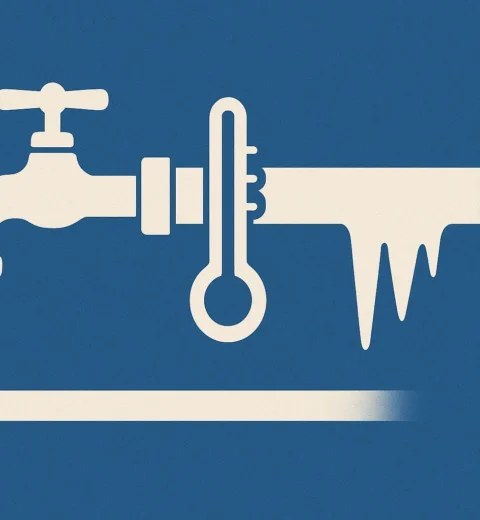LED (Light Emitting Diode) lights are super popular these days and are being used in all kinds of places. They’re quickly replacing those old-school incandescent bulbs because they have two major advantages that can’t be argued with – they last way longer and use way less electricity. This energy efficient lighting keeps getting better as technology advances and new materials are developed.
The efficiency and lifespan of LEDs are almost twice as good compared to regular bulbs. That’s why LED lighting for home, apartments, offices, and other buildings remains a no-brainer choice.
Main Types of LED Devices
The wide variety of electric lighting options using LED technology lets you pick the most suitable devices for installation.
LED lighting can be broken down into these categories:
- LED Bulbs. You’ll often find these in standard fixtures. Just remember when buying these bulbs that they’re much brighter than incandescent ones, so follow this rule of thumb – 1W (LED) = 10W (incandescent).
- LED Fixtures, LED lights energy savings. Today’s market offers tons of lamps and fixtures that come in different shapes, designs, sizes, and installation methods.
- LED Strips. This type of lighting is gaining traction because of how versatile it is. Each strip has a certain number of units – LED devices evenly placed along the entire length of the strip.
With all these options, it’s important to keep in mind some specifics for future professional LED installation.
Difficulty Levels of LED Lighting Installation
A planned LED lighting installation happens in several stages, the list and number of which directly depend on the specific project and type of lighting.
There are basically 4 main installation difficulty levels, which affect the final price of LED lighting services in [city/state]:
- Easy level. This usually means an LED bulb. However, the difficulty level depends on its design: the simplest to install are models with screw-in bases (E12, E26) or pin bases (G4, G9, GU5.3, GU10).
- Not too complex level. This includes residential LED lighting installation – various wall-mounted fixtures, outdoor lighting, solar lights, etc.
- Moderately complex level. This list includes devices designed for high bays, so-called “corn” lights, and LED lighting for large areas (like stadiums).
- Complex level. This level typically involves installation work that requires setting up new poles, supports, or other structures to secure the lighting.
To avoid major mistakes during installation, it’s best to trust all planned work processes to a team of pros.
Installation Cost
One of the most common questions is about pricing: how much does it cost to install LED lights? For a contractor to answer this question, several key factors that influence the future price need to be considered:
- Technical specs of the specific type of LED lighting.
- Installation location.
- List of additional requirements and client preferences.
For this reason, the final LED light installation cost is calculated individually for each customer.
Main Advantages of LED Lighting
All LED lighting benefits are directly related to the materials used, well-thought-out technology, and device design.
The most important advantages include:
- Serious energy savings – despite their high brightness, these lights and fixtures help save money by reducing energy consumption (up to 10 times).
- Long-lasting operation. For example, LED retrofit installation guarantees maximum durability in operation – about 50,000-100,000 hours non-stop.
- Environmentally friendly – manufacturers don’t use mercury or various heavy metals when making LEDs.
- Simple and quick installation – even the most complex LED designs allow for installation work to be completed in a short time.
- Easy to use – practicality is another important plus for all LED designs.
The main advantages of LED lighting also include mechanical strength and no heating even during continuous operation throughout the day/night. Additionally, it’s worth noting their special durability, which is particularly important with frequent switching on/off. This way, the risk of the bulb burning out quickly is minimized.
What to Pay Attention to During Installation: Key Details
A successful commercial LED lighting upgrade provides an opportunity to ensure high-quality lighting in any room. However, when performing installation work, it’s important to remember several basic rules and not forget about mounting height, light output, and the power of the fixtures used. The even distribution of light throughout the entire working area will directly depend on these characteristics.
That’s why owners of various premises and buildings need to find an experienced specialist: where and how to find an LED lighting installer near me? Only a professional approach and responsibility in completing a specific list of tasks for each project guarantees durability and significant energy savings. As a result, you’ll avoid additional costs for reinstalling all the equipment.



